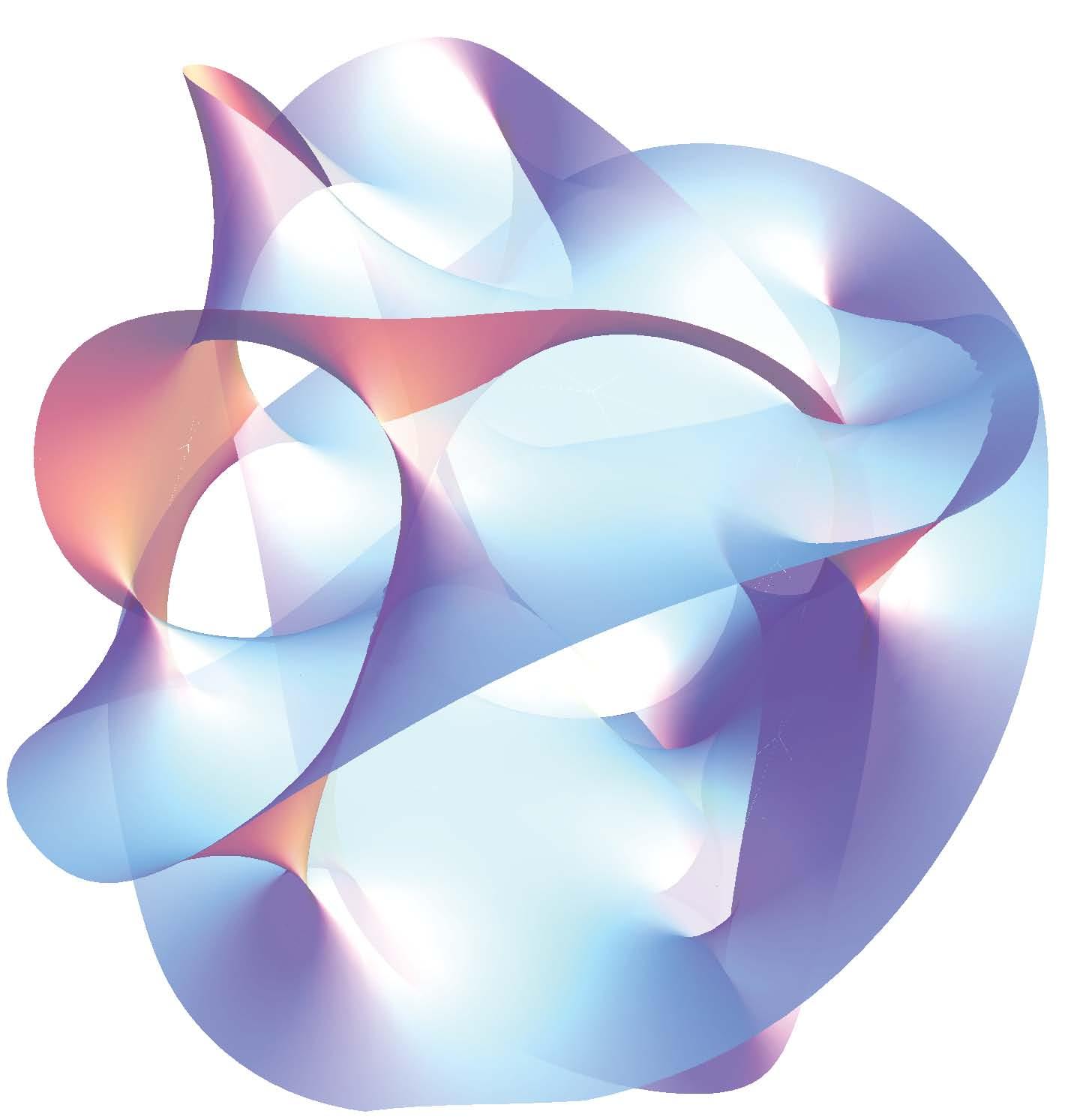

12 strings theory code#
The khipu did not record information in graphic signs for words, but rather a kind of three-dimensional binary code similar to the language of today's computers.ĭr. Gary Urton of Harvard says, this is entirely different from any of the known ancient scripts, beginning with the cuneiform of Mesopotamia more than 5,000 years ago. If khipu is indeed the medium of a writing system, Dr. Although they were probably mainly accounting tools, a growing number of researchers now think that some khipu were nonnumerical and may have been an early form of writing.Ī reading of the knotted string devices, if deciphered, could perhaps reveal narratives of the Inca Empire, the most extensive in America in its glory days before the Spanish conquest in 1532. The khipu were presumably textile abacuses, hardly written documents.īut a more searching analysis of some 450 of the 600 surviving khipu has called into question this interpretation. In the conventional view of scholars, most khipu (or quipu, in the Hispanic spelling) were arranged as knotted strings hanging from horizontal cords in such a way as to represent numbers for bookkeeping and census purposes.

The knots are unlike anything sailors or Eagle Scouts tie. The only possible Incan example of encoding and recording information could have been cryptic knotted strings known as khipu. Mesopotamia, Egypt, China and the Maya of Mexico and Central America had all these and writing too. The Inca left ample evidence of the other attributes: monumental architecture, technology, urbanization and political and social structures to mobilize people and resources. Of all the major Bronze Age civilizations, only the Inca of South America appeared to lack a written language, an exception embarrassing to anthropologists who habitually include writing as a defining attribute of a vibrant, complex culture deserving to be ranked a civilization.


 0 kommentar(er)
0 kommentar(er)
